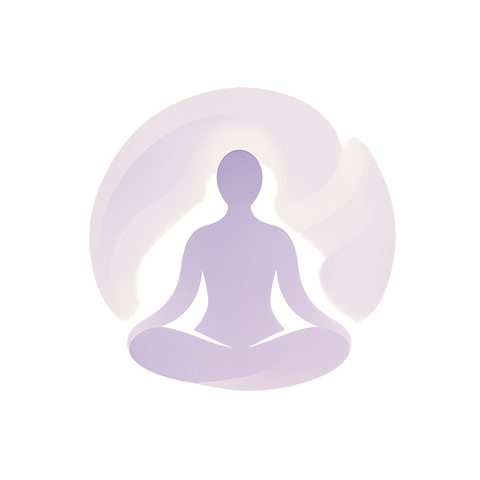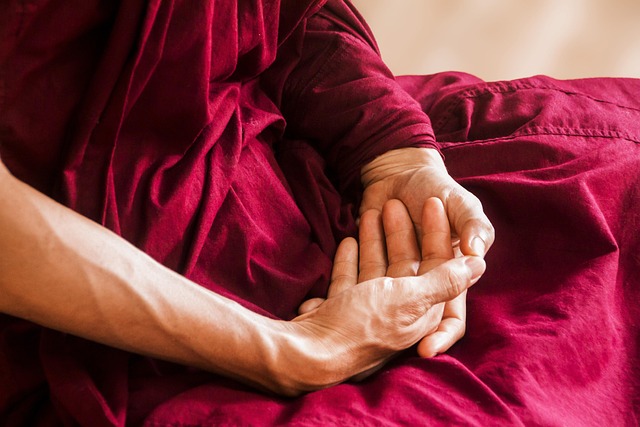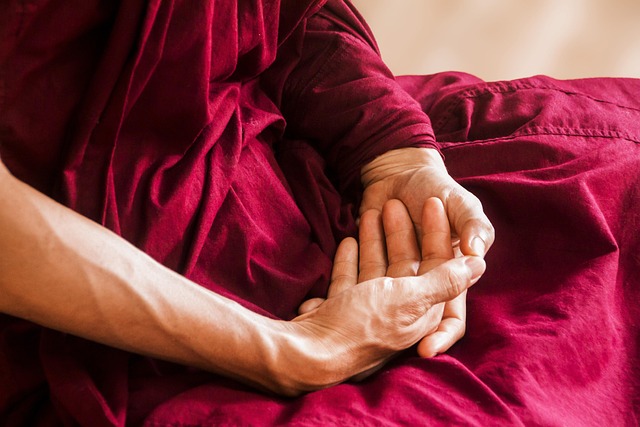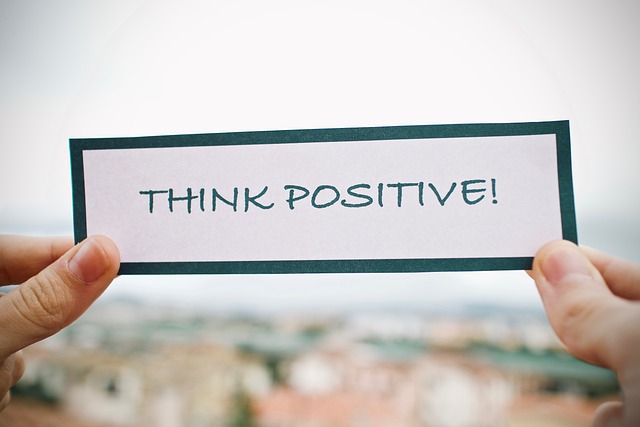In the rush of everyday life, many of us seek a moment of stillness, a place where the mind can settle like a calm lake after a storm. Meditation is a timeless practice that invites that stillness, offering a path to inner peace that radiates outward into every aspect of our being—our soul, our health, our skin, and our relationships with ourselves and others.
Understanding the Soul as the Core of Peace
The soul is often described as the invisible core that holds our deepest values, memories, and aspirations. It is the part of us that remains constant even as we age, change jobs, or experience loss. When we nurture the soul through mindful practices, we create a sanctuary of peace that shields us from external stressors.
- Self‑reflection helps identify what truly matters, allowing the soul to align with authentic intentions.
- Compassion towards ourselves and others expands the capacity for peace within the heart.
- Gratitude turns everyday moments into gifts, deepening the sense of calm.
Integrating Meditation into Daily Life
Even a brief session of mindful breathing can shift the nervous system toward a relaxed state. Here is a simple routine that you can incorporate at any time of day:
- Find a quiet corner and sit comfortably.
- Close your eyes and take a slow, deep breath in through the nose.
- Hold for a count of four, then exhale slowly through the mouth.
- Focus your attention on the rhythm of your breath; if thoughts arise, acknowledge them and gently return to breathing.
- After five minutes, open your eyes and carry the sense of peace into your next task.
Spirituality and the Practice of Mindful Presence
Spirituality is not limited to religious dogma; it is an exploration of our connection to something greater—nature, the universe, or a personal sense of purpose. When we engage in meditation, we open the doors to this larger reality, allowing the quiet inside to echo the harmony outside.
“Peace comes from within; it is not found in external circumstances.” – Unknown
By cultivating present-moment awareness, we reduce the tendency to ruminate on past regrets or future anxieties. This mental shift creates a stable foundation for spiritual growth, encouraging us to act with intention and kindness.
The Beauty of a Calm Mind and Radiant Skin
Beauty is often measured by surface traits, but true allure originates from health and serenity. Stress triggers the release of cortisol, which can lead to acne, dullness, and premature aging. Conversely, a peaceful mind supports balanced hormone levels, improving circulation and allowing nutrients to reach the skin more efficiently.
- Hydration: Meditation often reminds us to drink water, keeping skin supple.
- Sleep: A calm mind encourages deeper sleep, a crucial period for cellular repair.
- Nutrition: When we practice mindful eating, we choose foods that nourish the skin—berries rich in antioxidants, leafy greens, and healthy fats.
Self‑Education Through Mindful Observation
Self‑education is the ongoing process of learning about our habits, reactions, and desires. Meditation offers a non‑judgmental laboratory where we can observe these elements without interference. By noticing patterns—such as the tendency to check a phone before bed or the feeling of restlessness when a meeting starts—we can intervene with conscious choices that foster peace.
Journaling after a meditation session is a powerful tool. Write down insights, emotions, and actions you plan to take. Over time, the journal becomes a map of personal evolution, highlighting the growth that stems from peaceful practice.
Mental Health Benefits of Consistent Meditation
Scientific studies consistently show that meditation reduces symptoms of anxiety, depression, and chronic stress. It does so by reshaping the brain’s structure and function:
- Prefrontal cortex activation enhances executive control and emotional regulation.
- Reduction in amygdala activity lowers the intensity of fear responses.
- Increased gray matter density in areas linked to memory and self‑awareness.
These changes translate into a greater sense of peace that can be felt in daily interactions and decision‑making.
Creating a Personal Peace Ritual
Crafting a ritual helps anchor the practice. Consider the following steps to build a ritual that resonates with you:
- Choose a quiet time—morning, noon, or evening—when you can commit at least ten minutes.
- Light a candle or place a small plant to evoke a calm atmosphere.
- Play soft, instrumental music or nature sounds if that enhances your focus.
- Begin with a brief breath exercise, then transition into a guided body scan.
- Finish with a statement of gratitude or intention, reinforcing the peaceful mindset.
Bridging the Gap Between Inner Peace and Outer Wellness
Peace is not confined to the mind; it permeates the body, emotions, and environment. When we align our internal state with our external habits, we create a holistic ecosystem of health.
- Regular movement—yoga, walking, or gentle stretching—complements meditation, releasing tension and boosting endorphins.
- Balanced nutrition that supports both brain function and skin health sustains the body’s ability to maintain peace.
- Social connections rooted in empathy and respect reinforce the feeling of belonging, a key component of psychological serenity.
By weaving these elements together, we nurture an ecosystem where the soul thrives, skin glows, and mental health flourishes—all underpinned by a profound sense of peace.
Conclusion: The Endless Journey of Peace
Peace is not a final destination but a continuous journey. Each moment of mindful attention, each breath taken with intention, and each act of self‑compassion adds a layer to this evolving sanctuary. Whether you seek improved skin, deeper spiritual understanding, or a calmer mind, meditation offers a simple yet powerful gateway. Embrace the practice, honor your soul’s voice, and let peace guide you toward holistic beauty and well‑being.




